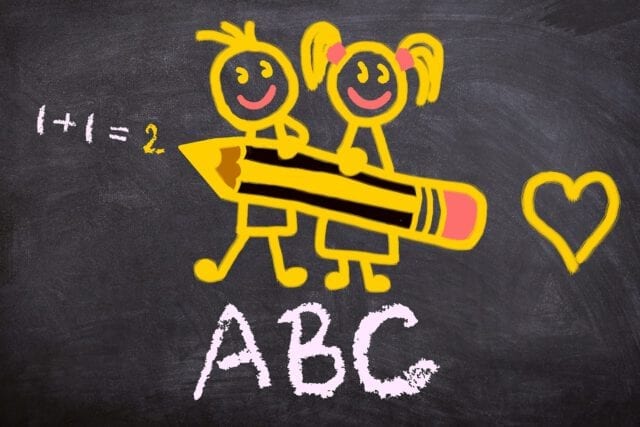The school system in Norway provides for compulsory education for all children aged 6 years and over. Education in this educational institution is free, students also receive free access to school supplies and textbooks. However, there are a few nuances that parents need to know when sending their children to a Norwegian school.
The school system in Norway
The school system in Norway includes compulsory schooling for every child aged 6 or over. There are two stages of education. 7 years of primary school (norw. Grunnskole) and 3 years of lower secondary school (norw. Ungdomsskole), which means that compulsory education lasts 10 years. It is worth knowing that the obligation applies only to children living in Norway. The regulations clearly specify that "living in" is understood as a situation in which a potential student stays in the Land of Fjords for at least 3 months.
Read also: Polish-Norwegian accent at OMC Hairworld 2018 >>>
Enrolling your child in school
If your child meets the “residence” criterion, a decision should be made to enroll him in a primary or middle school. To do this, first you need to establish a district office (norw. Skolekretser). The application for admission to the facility can be submitted via the online platform. On the municipality website (norw. Kommunen) or deliver it in person to the selected school or municipal office. For the proper preparation of the documentation, the personal number (Norwegian fødselsnummer) of the child and its guardians is necessary.
The school system in Norway is free of charge
Contrary to Polish schools, the entire stay of a child in a Norwegian school is free of charge. There are no tuition fees, and there are no compulsory contributions to parental committees. All trips organized by the school are also free. It is not possible to finance them from the parents' pocket even if they wanted to do so. The only cost for carers is a one-time fee of NOK 100.
Read also: School in Poland and Norway - differences and similarities
Textbooks and school supplies
An interesting fact is that the textbooks are also free. Each student borrows them for a year and is obliged to return them in the best condition. School supplies are also provided by the school. They include items such as notebooks, pens, pencils, erasers, geometry tools, paints, markers, crayons and brushes. They are in the school warehouse, where they can be downloaded if the student requests such a need.
What should parents provide for their children?
However, not everything is provided by the educational institution. Parents must ensure that their children have their pencil cases, backpacks, a breakfast container, a water bottle and a lunch. In the school locker there must be such things as. A change of shoes, waterproof shoes (e.g. galoshes), a rain jacket, a change of clothes and exercise clothes.
Read also: Equinor will earn NOK 350 million a day more >>>
No canteen
Polish parents may be surprised by the fact that there are no canteens in the Norwegian school. Therefore, they need to equip their child with a lunch. There is also an unwritten rule not to bring any sweets to school. During breaks, the school provides all students with free fruit or milk.
Obligatory attire
The school system in Norway does not provide for a compulsory school uniform. However, it is recommended that the child's clothing be neat and appropriate to the current weather. However, it is worth knowing that from August 1, it is forbidden to wear burqas and habits in all Norwegian schools.
Read also: 2000 employees are missing in Rogaland >>>
The school system in Norway is slightly different
The school system in Norway is slightly different than in Poland. The biggest difference is that the school provides all the textbooks and the necessary school supplies. This does not mean, however, that parents are exempt from the obligation to purchase such things as, inter alia, backpacks or pencil cases. It is also obligatory to provide a second breakfast due to the lack of canteens. Change of clothing, including sports clothes, should also be left in the school locker. It is worth remembering that although uniforms are not obligatory in Norway, the wearing of burqas and habits was banned from August 1. You should also be aware. If your child has been residing in Norway with full legal rights for at least 3 months, he or she will be subject to compulsory schooling.




